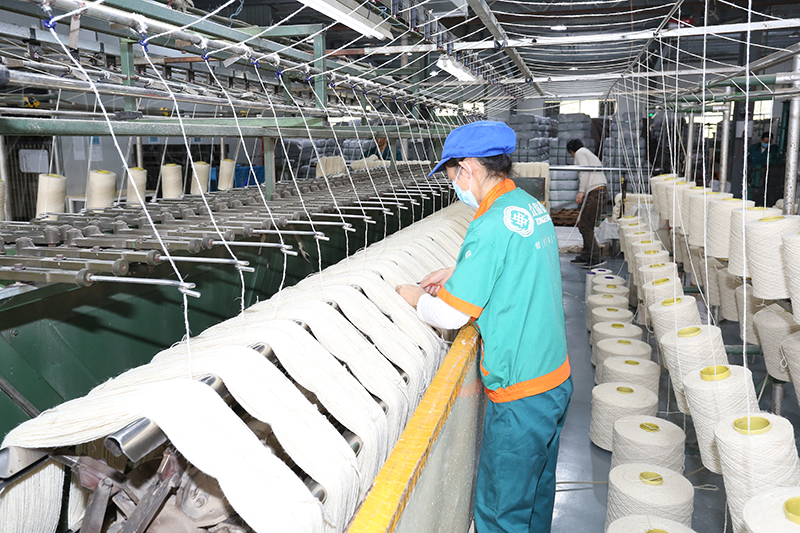

In recent years, in order to meet the ever-increasing c […]
In recent years, in order to meet the ever-increasing consumer demand for textiles, chemical synthesis products have continuously emerged, and have caused more and more serious impacts on the natural environment during the production, use and disposal of textiles. According to relevant sources, the textile industry has a large amount of water consumption and low water efficiency. The total amount of wastewater and pollutant discharge is large, ranking third in the country's industrial water. The color of our products is natural and uniform, avoiding burdens on the society, and saving costs for subsequent dyeing factories.
2016 was a difficult year for the textile industry. Due to the adjustment of the cotton reserve policy, cotton prices have skyrocketed, and prices have continued to rise. Although prices have fallen in the middle, they have continued to rise overall. The continuous increase in cotton prices has driven up the prices of other textile raw materials. Textile raw materials such as viscose, polyester and nylon have also continued to rise. Together with the advent of the G20 summit and the strongest environmental protection measures, some hemp yarn manufacturers in Zhejiang have greatly affected. It has an important position in the textile industry.

Our company actively follows the green trend, and the textile industry will speed up the implementation of green transformation of the production process. Specific measures include promoting energy efficiency and water efficiency benchmarking activities, cultivating industry leaders, strengthening resource recycling, building waste textile recycling and reuse systems, researching and developing recycled fiber products that meet market needs; increasing investment in green design and development to build Brands with green connotations provide more green products to the society and guide green consumption.